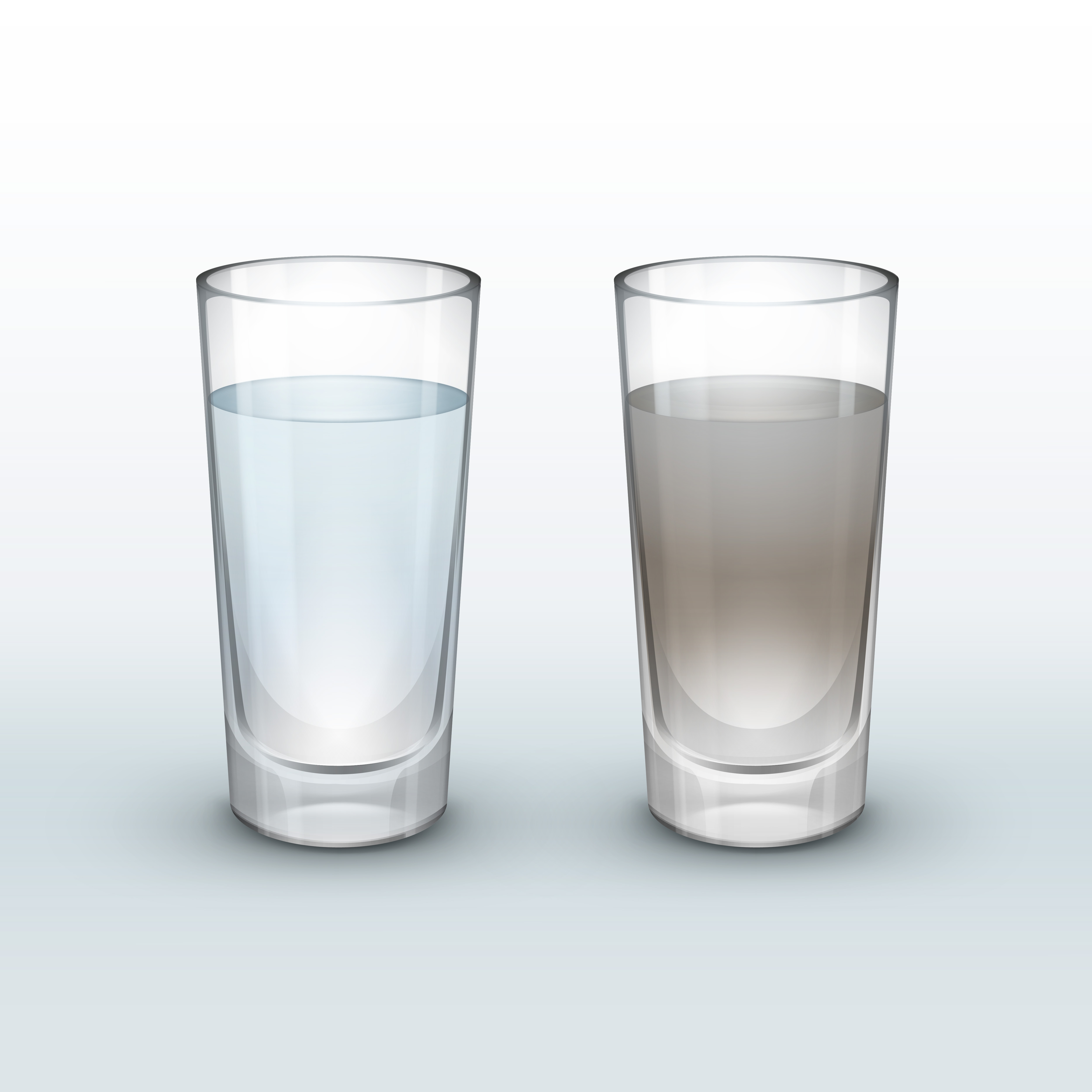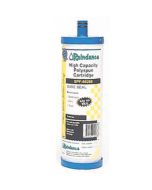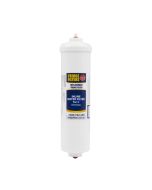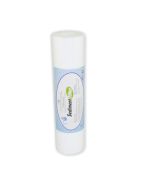
After what has already been a summer containing above-average rainfall, the saturated, close-to-capacity catchments cannot cope. The intensity of the floodwaters is causing significant erosion of dirt, sand, and clay. As a result, local water agencies estimate that the turbidity or cloudiness of the raw water in flood-affected regions has risen at least 100 times above acceptable levels.




Turbidity is caused by solid particulates within a water source, which can include soil, sand, as well as clay. These particulates can cause significance to water authorities responsible for treating municipal water to communities. In particular, typical tap water (municipal water), sources that rely on large-scale sand filters, which can clog under the sheer volume of contaminants, or Ultraviolet disinfection systems. These systems require water turbidity to be below 1 NTU, (Nephelometric Turbidity Unit - this measurement refers to the number of particulates in the water) so that the transfer of the disinfecting light can reach and neutralize bacterial coliforms.
What does this mean for you at home?
The chances are high that the incoming water supply to your home has suffered sediment and particulate matter ingress. The key here is to address this issue before using your fridge water dispenser, including disconnecting the fridge’s feed line, and running water into a bucket until it is clear of all particulate matter. The next crucial step is changing the water filter as any contamination to the line will also be trapped within the water filter.


If the issue of high sediment isn’t addressed, your fridge filter is likely to have a shortened life span. A simple addition of our sediment filter will help to reduce the effect sediment can have on your filter and water supply.






